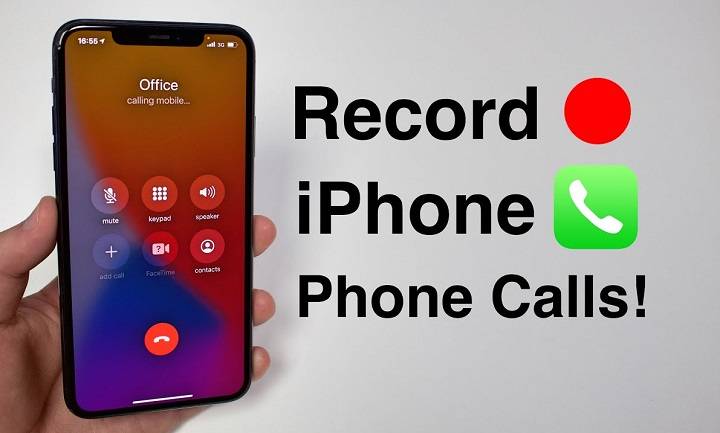In today’s digital age, recording phone calls on your iPhone can be incredibly useful for a variety of reasons, whether it’s for work, personal matters, or just to keep a record of important conversations. However, Apple doesn’t provide a built-in feature for this purpose due to legal and privacy concerns. Nevertheless, there are several methods and apps available that can help you accomplish this task seamlessly. In this comprehensive guide, we’ll explore various techniques and tools to record phone calls on your iPhone.
Understanding the Legalities:
Before diving into the methods of recording phone calls on your iPhone, it’s crucial to understand the legal implications. Laws regarding recording phone calls vary by jurisdiction, and it’s essential to familiarize yourself with the regulations in your area. In many regions, it is illegal to record phone calls without the consent of all parties involved. Always ensure that you comply with local laws and obtain consent when necessary.
Using Built-in Features of Third-party Apps:

One of the easiest ways to record phone calls on your iPhone is by using third-party apps available on the App Store. These apps often come with built-in features that allow you to record incoming and outgoing calls seamlessly. Here’s how you can do it:
- Research and Choose a Reputable App: Start by researching and selecting a reliable call recording app from the App Store. Look for apps with positive reviews and high ratings to ensure reliability and functionality.
- Install the App: Once you’ve chosen an app, download and install it on your iPhone from the App Store.
- Follow the App’s Setup Instructions: Each call recording app may have slightly different setup instructions. Follow the on-screen prompts to set up the app and grant any necessary permissions.
- Start Recording: After setting up the app, you can typically start recording phone calls by following the app’s interface instructions. In most cases, you’ll need to initiate the recording from within the app during an active call.
- Save and Manage Recordings: Once the call is complete, the recording is usually saved within the app. You can usually access and manage your recordings directly from the app’s interface.
Using a Call Recording Service:

Another option for recording phone calls on your iPhone is to use a call recording service. These services often work by connecting your calls through a third-party server, where the conversation is recorded and then made available to you. Here’s how you can use a call recording service:
- Sign Up for a Call Recording Service: Begin by researching and signing up for a reputable call recording service that is compatible with iPhones.
- Follow Setup Instructions: Once you’ve signed up for the service, follow the setup instructions provided by the service provider. This may involve configuring your iPhone’s settings or installing a dedicated app.
- Make Calls Through the Service: To record a phone call using the service, you’ll typically need to make calls through the service’s app or dial a specific number provided by the service.
- Access and Manage Recordings: After the call is complete, you can usually access and manage your recordings through the service’s app or website.
Using a Secondary Device or Recorder:
If you prefer a more traditional approach, you can also record phone calls on your iPhone using a secondary device or recorder. While this method may require additional equipment, it provides a simple and straightforward way to capture phone conversations. Here’s how you can do it:
- Gather Necessary Equipment: To record phone calls using a secondary device or recorder, you’ll need a recording device such as another smartphone, a digital voice recorder, or a computer with recording software.
- Connect Devices: During the phone call, use a physical connection or software-based solution to route the audio from your iPhone to the recording device. This may involve using a headphone splitter, audio cables, or recording software.
- Start Recording: Once the devices are connected and configured, start the recording on the secondary device or recorder before initiating the phone call on your iPhone.
- Save and Manage Recordings: After the call is complete, stop the recording on the secondary device or recorder and save the audio file. You can then transfer the recording to your iPhone or computer for further management and storage.
Recording phone calls on your iPhone can be a valuable tool for various purposes, but it’s essential to approach it with caution and awareness of legal considerations. Whether you choose to use a third-party app, a call recording service, or a secondary device, always prioritize privacy and legality. By following the methods outlined in this guide, you can effectively record phone calls on your iPhone and keep accurate records when needed. Remember to research and choose the method that best suits your needs and complies with local laws.


